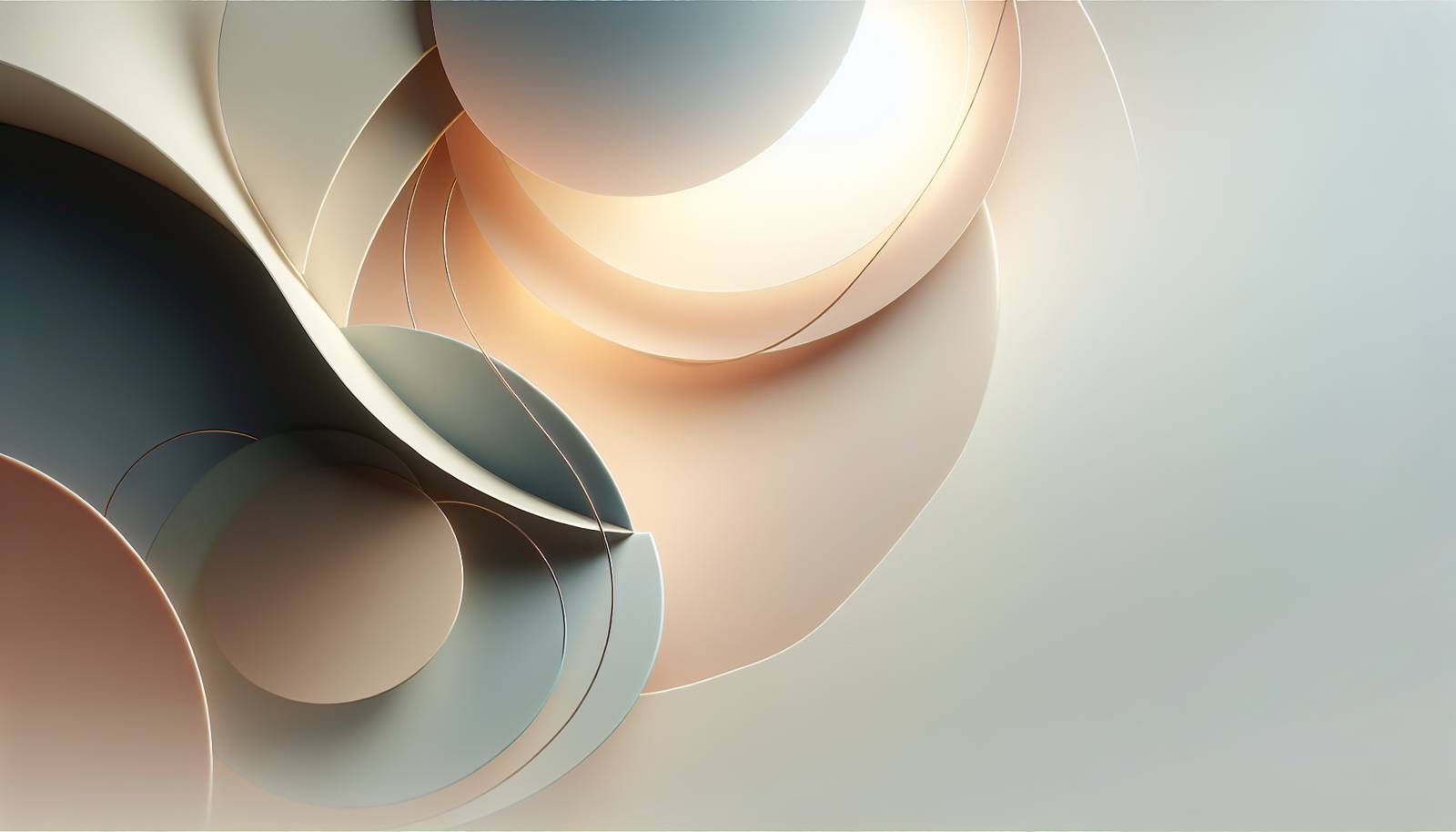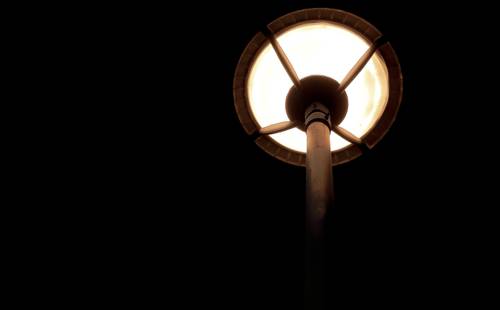
FAQ About The Role of Ambient Lighting in Cinematic Mood

What is ambient lighting in film?
Ambient lighting in film refers to the natural or artificial light that surrounds and illuminates a scene. It is the base layer of light that provides overall illumination and sets the scene’s initial mood. Unlike direct lighting, which targets specific objects or areas, ambient lighting is diffuse and often softer, creating balanced lighting across the entire scene.

How does ambient lighting influence the mood of a film?
Ambient lighting greatly affects the mood of a film by establishing the overall tone and atmosphere. Soft, warm ambient lighting might evoke feelings of comfort and nostalgia, while harsh, cool lighting can create a sense of unease or tension. Directors and cinematographers meticulously design ambient lighting to align with the narrative's emotional pathway, guiding viewers' emotional responses to the story.

What are some common techniques used to create ambient lighting in movies?
Common techniques for creating ambient lighting in movies include using softboxes and diffusers to spread light evenly, incorporating natural light from windows or open spaces, and enhancing scenes digitally in post-production. These techniques work together to maintain consistent mood and tone throughout the film.

Can ambient lighting in film change throughout a movie?
Yes, ambient lighting can change throughout a film to signify shifts in mood, time, or location. Cinematographers manipulate ambient lighting to correspond with narrative transitions, such as using brighter, warmer light for uplifting scenes or dim, cooler tones for tense moments. These changes help to underline emotional arcs within the story.

What role does color temperature play in ambient lighting?
Color temperature is crucial in ambient lighting as it affects the emotional tone perceived by viewers. Warm color temperatures (yellow to red hues) typically evoke warmth and comfort, while cool temperatures (blue hues) can create feelings of calmness or detachment. Filmmakers use color temperature to subtly influence the audience’s psychological reaction to a scene.

How is ambient lighting different from key lighting in films?
Ambient lighting provides the overall illumination of the scene, ensuring that everything is visible with a soft and evenly dispersed light. In contrast, key lighting is a primary source lighting that highlights specific subjects or areas within a scene, thereby creating depth, focus, and contrast. Together, they work to enhance storytelling through visual aesthetics.

Why is setting the right ambient lighting important in films?
Setting the right ambient lighting is essential because it helps establish the film's emotional and atmospheric foundation. It allows for a smoother blend of subsequent lighting techniques and ensures that the visual tone aligns with the narrative intent. Correct ambient lighting can enhance a viewer's emotional experience by making the environment more believable and immersive.

How do directors and cinematographers decide on the ambient lighting for a film scene?
Directors and cinematographers decide on ambient lighting based on script analysis, thematic goals, and the emotional tone they aim to convey. Collaborating with lighting designers, they examine the setting and use storyboards to plan how ambient light interacts with other elements like color and texture. Their choices ensure that lighting complements the narrative and enhances viewer engagement.

What are some famous films known for unique ambient lighting?
Films like "Blade Runner" use ambient lighting remarkably to create dystopian atmospheres with neon and dim lights. "Amelie" uses warm ambient lighting to evoke whimsy and nostalgia. These films demonstrate how ambient lighting can be integral to storytelling by crafting distinct emotional and aesthetic experiences.

What technological advancements have impacted ambient lighting in cinema?
Technological advancements such as LED lighting, digital color grading, and advanced CGI have significantly impacted ambient lighting. LED lights are more versatile and efficient, allowing filmmakers to achieve precise control over lighting conditions. Digital tools enable post-production manipulation of ambient light, providing filmmakers with more flexibility to perfect the mood of scenes.

How does ambient lighting interact with shadows in a film?
Ambient lighting interacts with shadows by softening their hardness and providing a natural transition from light to dark areas. This interaction helps in maintaining depth and dimension within a scene. Cinematographers skillfully balance ambient light and shadows to enhance visual storytelling, creating dynamic and emotionally relevant imagery.

Can the ambient lighting of a scene help convey a film's genre?
Yes, ambient lighting can help convey a film's genre by adhering to visual norms associated with different types. For example, horror films might use dim, cold ambient lighting to enhance a sense of dread, while romantic comedies often employ warm and vibrant ambient light to create an inviting and cheerful atmosphere.

In what ways can ambient lighting affect viewers' perception of characters in a movie?
Ambient lighting can influence how viewers perceive characters by highlighting or downplaying certain features or emotions. Soft lighting might make a character appear more sympathetic and approachable, while harsh lighting can make them seem more intimidating or mysterious. This subtle influence helps shape audience interpretation and emotional response to characters.

Can ambient lighting be used to foreshadow events in a film?
Ambient lighting can indeed be used to foreshadow events by setting an anticipatory mood or hinting at thematic elements. For example, gradually darkening ambient light might foreshadow an impending conflict or danger, subtly preparing the audience for a narrative shift.

How does ambient lighting contribute to the realism of a film scene?
Ambient lighting contributes to a scene's realism by mimicking natural lighting conditions, helping viewers feel more immersed in the film’s environment. By carefully adjusting the quality, intensity, and color of ambient light, filmmakers create believable settings that resonate with viewers as authentic experiences.

Are there any cultural considerations filmmakers take into account with ambient lighting?
Filmmakers consider cultural contexts in ambient lighting, as lighting styles can carry different meanings across cultures. What might be perceived as warm and inviting in one culture could be seen differently in another. Understanding these nuances helps filmmakers resonate emotionally and contextually with global audiences.

How does ambient lighting enhance emotional storytelling in animated films?
In animated films, ambient lighting enhances emotional storytelling by manipulating colors and light intensity to reflect a character’s inner world or the thematic undertones of the narrative. This carefully designed lighting can create mood shifts and reinforce emotions, often serving to deepen the animation’s narrative impact.

What is the relationship between ambient lighting and scene composition in film?
Ambient lighting and scene composition are intricately linked, as lighting can influence the visual arrangement of elements within a frame. Proper ambient lighting ensures that all compositional aspects are visible and harmoniously balanced, enhancing visual storytelling and emphasizing specific narrative elements within a scene.

How do filmmakers use ambient lighting to represent time of day?
Filmmakers use ambient lighting to indicate time of day by adjusting the light's intensity and color temperature. Morning scenes might feature soft, warm lighting to mimic sunrise, while cooler, dimmer lights are used for evening settings. Accurate representation of these changes helps to convey the passage of time naturally within the narrative.
